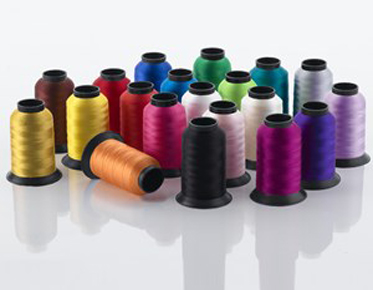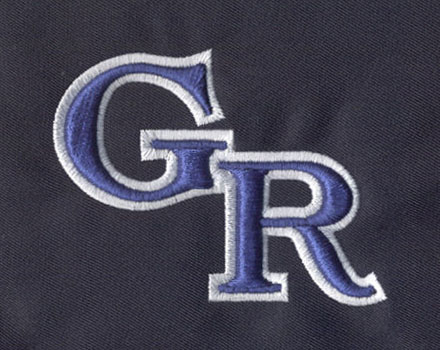Choosing the Right Thread for Machine Embroidery
Machine embroidery is a versatile art form
that can be used to add intricate designs to various textiles. The choice of
embroidery thread is a pivotal factor that can make or break the outcome. This
article will guide you through the different types of machine embroidery threads and provide insights
on when to use each type.
I. Introduction to Machine Embroidery Threads
A. The Significance of Thread Choice
The choice of thread determines the texture,
sheen, and durability of the embroidered design. It's important to consider the fabric type, design complexity, and
purpose of the final product when selecting the thread.
B. Role of Embroidery Digitizing Services
Embroidery digitizing services play a critical role in optimizing the design for machine embroidery. They convert your design into a format that embroidery machines can read, and help in selecting appropriate thread settings for the best results.
II. Types of Machine Embroidery Threads
A. Polyester Thread
Polyester thread is popular due to its
durability, sheen, and resistance to fading. It's an excellent choice for items
that will be frequently washed or exposed to sunlight, making it ideal for
uniforms and children's clothing.
B. Rayon Thread
Rayon thread offers a high sheen and silky
finish but is less durable compared to polyester. It's best used for decorative
items or garments that do not require heavy washing, like dress shirts or
fashion accessories.
C. Cotton Thread
Cotton thread has a matte finish and is
well-suited for quilting and redwork. It's also a good option for embroidering
on cotton fabric as it blends well and offers a more natural look.
D. Metallic Thread
Metallic thread has a metallic sheen, adding a
sparkling effect to designs. It is generally used for decorative elements on festive
clothing or accessories.
E. Silk Thread
Silk thread is luxurious, with a natural
sheen. It's used for high-end fashion and heirloom embroidery. It’s ideal for
delicate fabrics like silk and satin.
III. Thread Weight and Considerations
A. Understanding Thread Weight
Thread weight indicates the thread’s thickness. Lower numbers represent thicker threads. Heavier threads (lower weight numbers) are good for bold designs, while finer threads (higher weight numbers) are suited for detailed work.
B. Choosing the Right Thread Weight
Choose a thread weight that complements your
design and fabric. For instance, a 40-weight thread is versatile and commonly
used, while a 60-weight thread is finer and better for small letters and
intricate designs.
IV. Conclusion
Selecting the appropriate thread type and weight
is crucial for achieving desired results in machine embroidery. Taking into
account factors such as fabric type, design complexity, and the purpose of the
final product can guide you in making the best choice. Utilizing an professional digitizing service can
also be invaluable for optimizing the design according to the thread chosen.
V. Frequently Asked Questions (FAQs)
1. Can I use the same thread for all types of
fabrics and designs?
No, it’s important to match the thread type
and weight with the fabric and design. For example, use polyester thread for
durable items and silk thread for delicate fabrics.
2. How does an embroidery digitizing service
help in thread selection?
An embroidery digitization service converts your design into a format suitable for
machine embroidery and helps optimize the thread settings, ensuring that the
thread type and weight are compatible with the design’s requirements.
3. Is there a universal thread weight for all
machine embroidery projects?
No, there isn’t a universal thread weight.
However, 40-weight thread is commonly used for a variety of projects due to its
versatility. It's important to adjust the thread weight based on the specific
requirements of your project.



